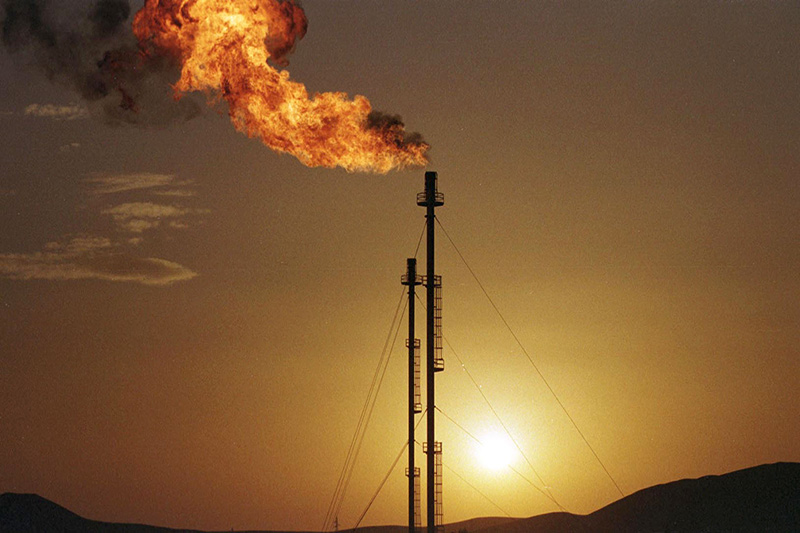Investing.com — US prices slipped below $2/mmbtu in early August before recovering slightly to around $2.1/mmbtu. This follows a broader downward trend in energy prices. Analysts at UBS Research in a note dated Monday said that this price decrease has affected natural gas production in the lower 48 states, which has declined after reaching a peak in July.
“The main driver of the recent price decay was ongoing storage congestion risks, in our view,” analysts at UBS said in a note.
Throughout July, US natural gas production surged, exceeding 103 billion cubic feet per day (bcf/d) as prices rebounded during the second quarter. However, as production soared, so did the risk of overwhelming storage capacities, which in turn applied downward pressure on prices.
UBS analysts flag that this situation reflects the market adage: “The cure for low prices is low prices.” As prices declined, the incentive for producers to maintain high output diminished, leading to a gradual reduction in production.
Recent data indicates that production levels have dropped to approximately 101 bcf/d, marking a notable decrease from the July highs.The natural gas market has also been influenced by several external factors.
One major disruption came from Hurricane Beryl, which temporarily curtailed liquefied natural gas (LNG) exports. Although these exports have since recovered, with net flows returning to around 13 bcf/d, the initial reduction added to the overall downward pressure on prices.
Additionally, milder-than-expected weather further dampened demand, contributing to the current state of the market.
Despite the recent decline in prices, UBS analysts maintain a cautiously optimistic outlook for 2025. They suggest that under normal winter conditions, natural gas prices could experience a positive trajectory, although a portion of this anticipated price appreciation has already been factored into current market expectations.
“Still, winter weather remains a risk, particularly if it turns out to be very mild,” the analysts said.
Should the winter of 2024-2025 turn out to be milder than expected, it could dampen the expected price recovery. To support stronger export demand and tighter market balances, UBS analysts emphasize the need for higher prices in 2025.
Several factors are expected to influence the natural gas market in 2025. The Plaquemines LNG export terminal is projected to increase exports to approximately 2 billion cubic feet per day by mid-2025, potentially impacting supply and demand dynamics.
Additionally, the third phase of the Corpus Christi export terminal is anticipated to begin operations in the first half of the year, further influencing market conditions. The Golden Pass export terminal is also expected to commence operations by the end of 2025, which could play a role in balancing the market as export demand grows.
Read the full article here


